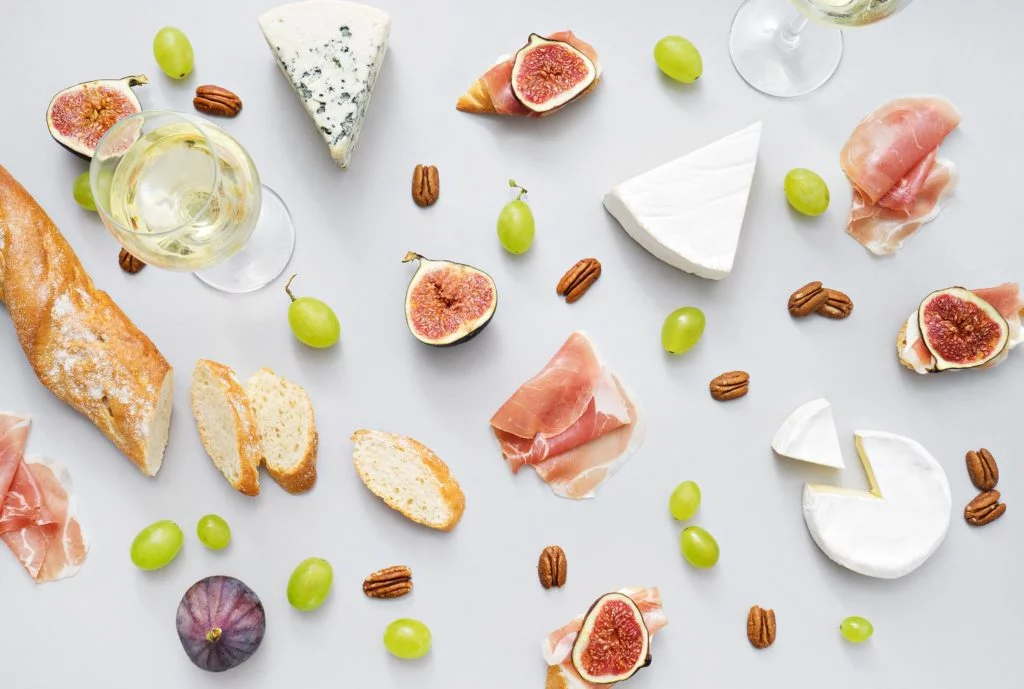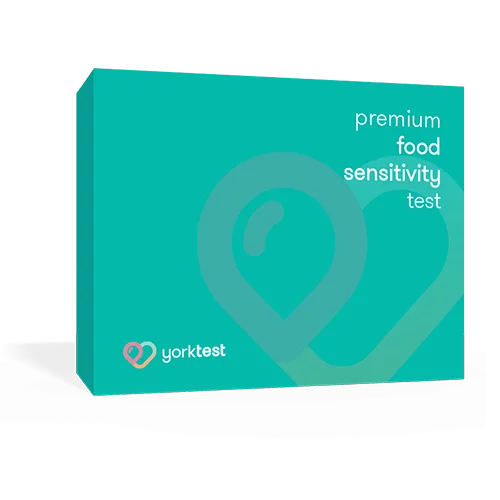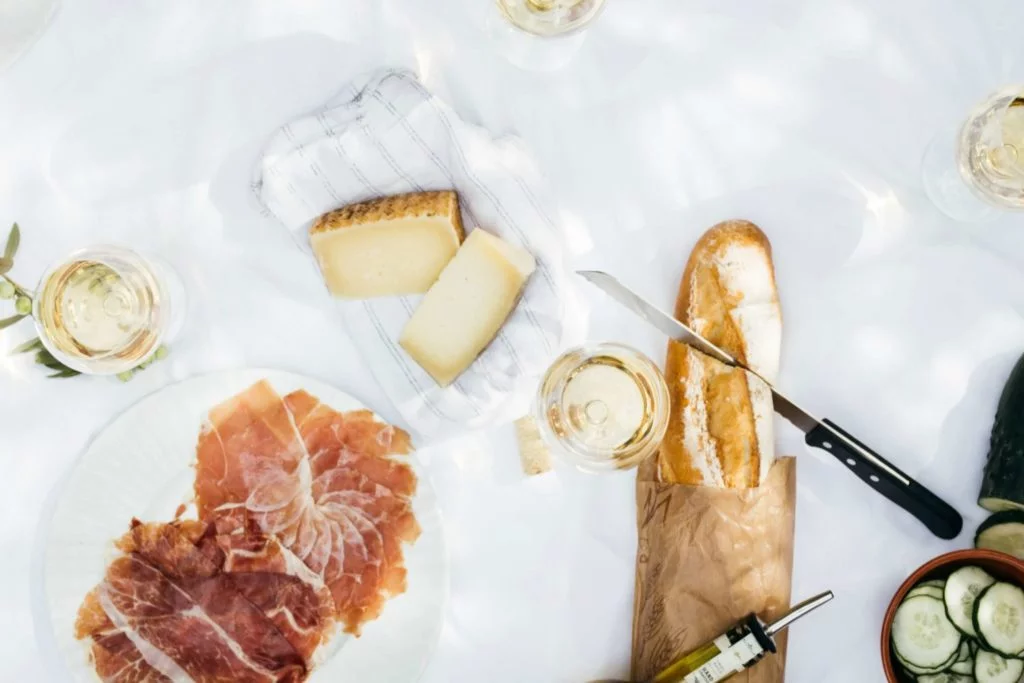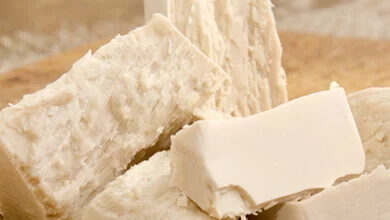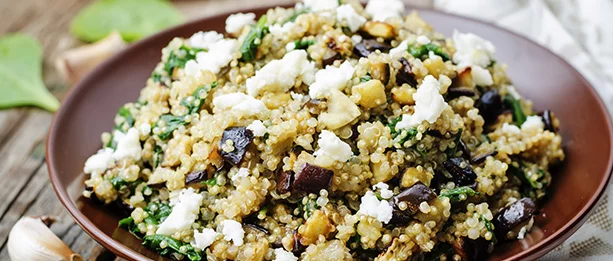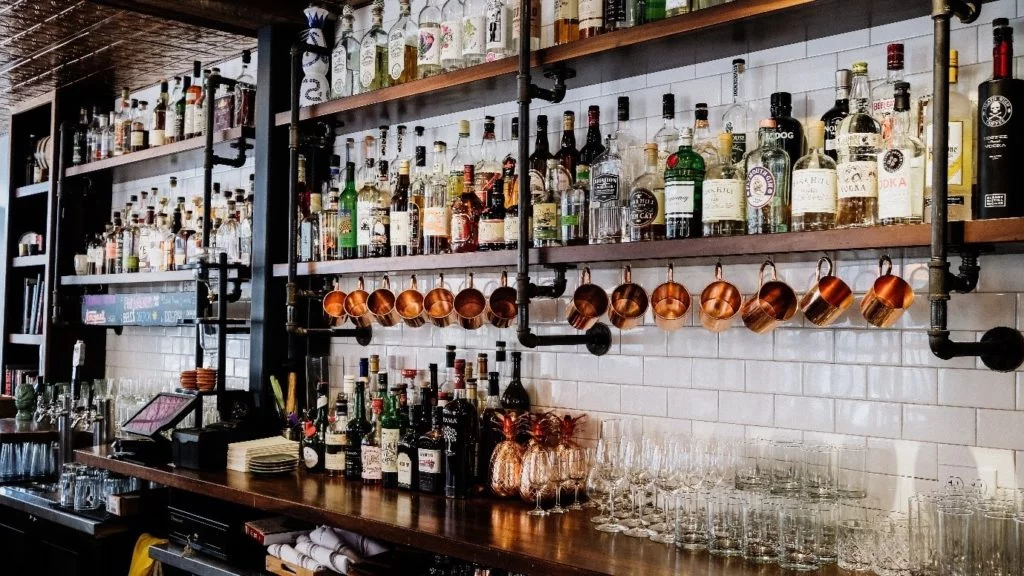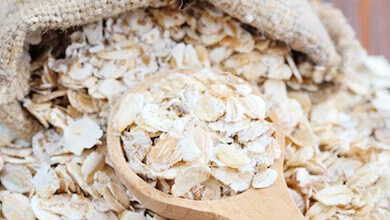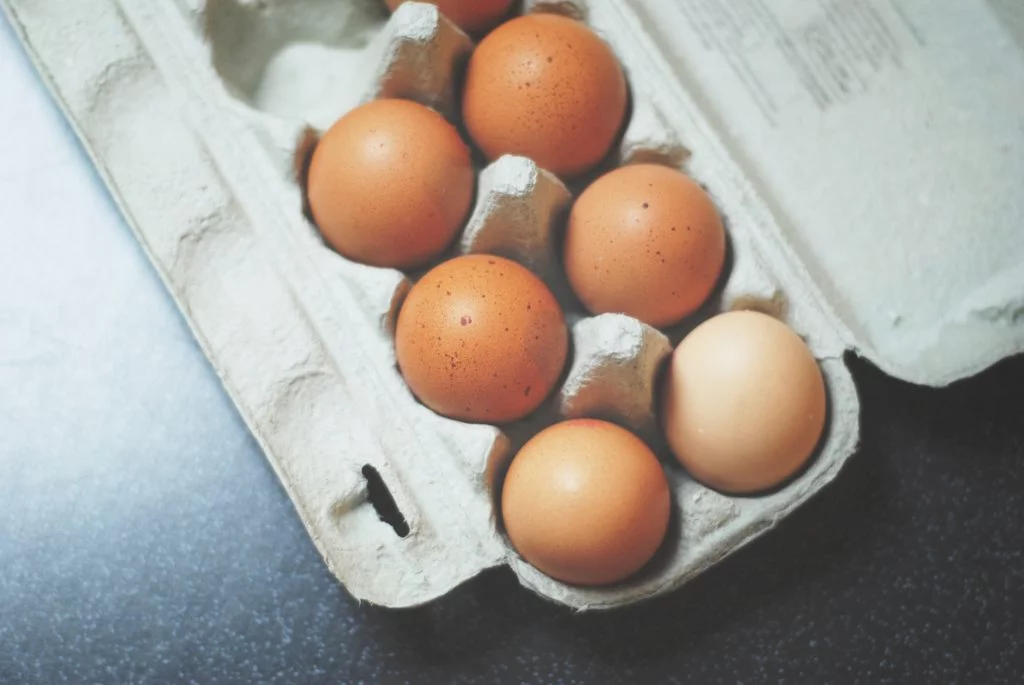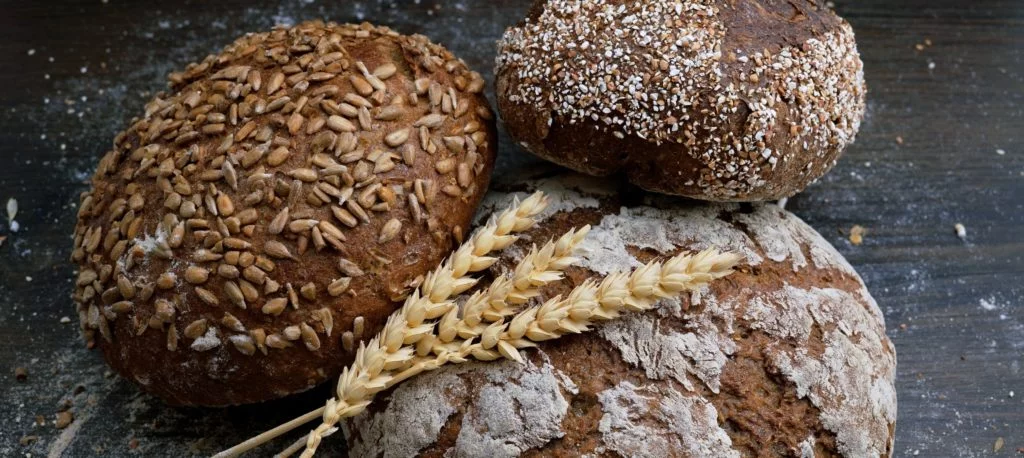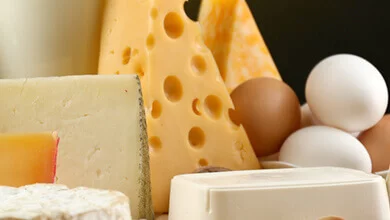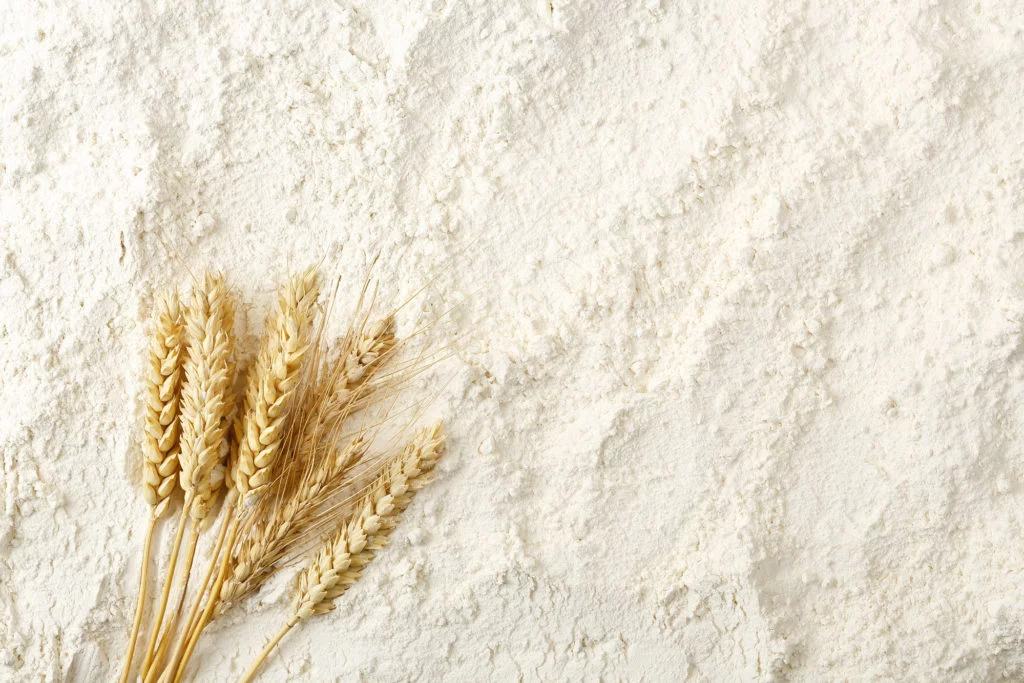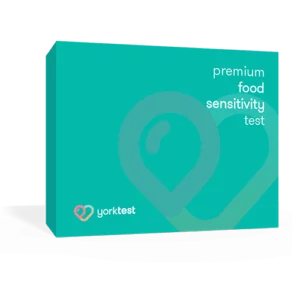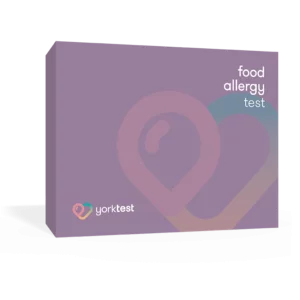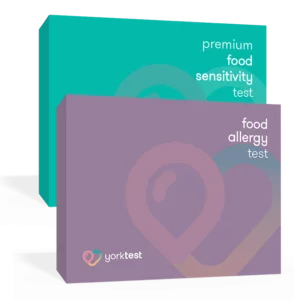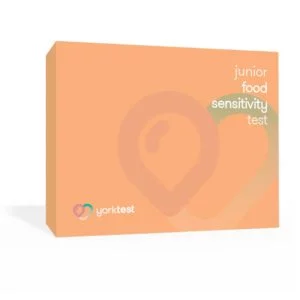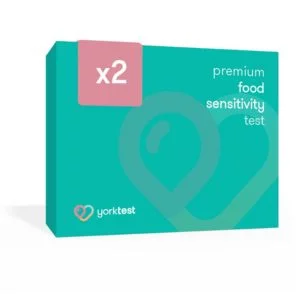Can you outgrow a yeast intolerance?
Yes, it is possible to lose your sensitivity to yeast, though you don’t necessarily ‘outgrow’ it. If your test shows you are intolerance to yeast, after a 12-week elimination diet you may be able to gradually introduce yeast back into your diet. As everybody is different, you should monitor any symptoms after consuming any foods or drinks which contain yeast. You may find you can only tolerate small amounts, or your body no longer reacts to this trigger food.
Throughout the elimination diet, it’s important you are balancing your diet with nutritious alternatives, especially those containing Vitamin B12 which is commonly found in foods made with yeast.
How long does it take for a yeast intolerance to show?
A food sensitivity occurs when your body mistakes a harmless food protein as a threat and produces IgG antibodies – which may result in inflammation and discomfort. It is thought that symptoms of food intolerance are likely to occur in a delayed fashion, typically between 2 to 72 hours.
What is the difference between an elimination diet for a yeast intolerance and the Candida diet?
The ‘Candida Diet’ focuses on trying to reduce natural yeasts from the body. Candida albicans is a normal part of your gut flora and can also be found in the mouth. However, large consumption of sugar, alcohol and processed foods or an impaired immune system can destabilize your flora and Candida growth can spread.
This Candida overgrowth can show external symptoms, such as a reoccurring yeast infection, a white coating on the tongue and, in time, could lead to “leaky gut syndrome”. A “Candida cleanse”, which focuses on eliminating a wide range of ingredients from your diet can often be challenging and restrictive, including sugars, non-glutinous grains, dairy and fermented, processed foods.
The eating plan for a yeast intolerance, although similar, is less rigid and does not avoid as many foods. Addressing yeast sensitivity mainly focussing on removing yeast-containing foods and drinks from the diet that can be triggering inflammation in the body.

